When playing any sport, you should to know the skills, the rules, and the etiquette. And all of these come with practice. There’s also the little things you pick up after you’ve been playing for a while, things that definitely come with experience. Here are 16 tips that you won’t see in the volleyball rule book, but will help you to score points – and will make you a better teammate, too!
1. Call mine, even when it seems obvious
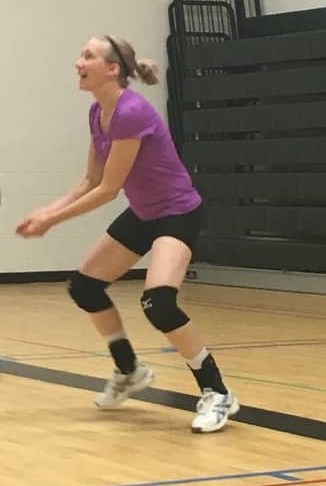
One of the first things you learn in grade school volleyball is to call mine when you’re in position to take the volleyball. As you play in higher levels of volleyball, this becomes engrained, and you automatically call mine, even when it seems pretty obvious.
For newer players, this instinct isn’t as natural. If the ball is coming to you, of course you’re going to get it! However, for some players, if they don’t hear someone calling “mine”, they may assume that the ball is still up for grabs – and someone needs to get it!
Calling “mine” might seem silly, but after you’ve played in a few games, you’ll realize how common it actually is. So don’t be afraid to speak up and call for that ball!
2. Try to use all three hits
In volleyball, each team gets to touch the ball three times before they have to send it back over the net. (Well, technically, they get 4 hits, if one of those touches was a block.) Regardless, sometimes more inexperienced players might get nervous or intimidated by the ball and send the ball over the net before their team has maximized their 3 hits.
Strategically, this could result in a missed scoring opportunity. The classic bump-set-spike play needs all three hits to be executed. So if a player is bumping the ball over the net with unused hits, they may be missing out on a scoring opportunity.
Having said that, sometimes hitting the ball on the second hit can be its own strategy and could result in a point. However, what I’m getting at here is that players should think about when to send the ball over the net to maximize the scoring opportunity for their team, and that’s often using all three hits.
3. Don’t touch the second ball – unless the setter has called for help
While we’re on the topic of three touches, it’s a good time to remind players to let the setter take that second ball. The setter is a specialized position that takes the second ball and sets up the hitters.
Sometimes that first bump can be off-target from where it’s supposed to go, and the setter has to run it down. And sometimes, that ball might be headed right towards one of the other players. While it might be tempting to just set the ball, the setter is the specialized player whose role it is to setup the hitters.
And the thing with setters, is that they are usually FAST! They will very likely get to that second ball – after all, it’s what they’ve been trained to do! Even when they’re running to the ball, they will very likely be able to get a good set to one of the hitters.
However, they’ve also been trained to know when it makes more sense to let a teammate take that second ball, and that’s when they’ll call out, “help”, signalling one of their teammates to step in and set instead. So, if the ball seems like it’s heading right towards you, just keep an ear open for the setter’s call of help, then step in and help out your teammate!
4. Don’t set the ball too close to the net
If the setter calls help and a non-setter player ends up having to set the ball, one of the most common errors they make is to set the ball too close to the net. This means that the hitter doesn’t get to use their full hitting approach, and their hitting options are more limited.
In addition to being tricky to hit, a set that is too close to the net can also be somewhat unsafe, especially for less experienced hitters or blockers. If a hitter isn’t used to adjusting to a tight set, they may land in or under the net, potentially landing on the feet of the blockers. This is one of the most common ways of becoming injured in volleyball, often resulting in ankle or knee injuries.
Instead of aiming right for the net, aim for about a foot away from the net. Even if it’s off target a little bit, this gives some buffer room. The hitter shouldn’t be expecting a perfect set from a non-setter player anyway, so they should be ready to adjust.
5. Don’t land on or under the net
As a newer player, you may not be getting as many sets, so it’s really tempting to hit as many spikes as you can. This is a great attitude, however, make sure you maintain a controlled hitting approach, and good spatial awareness of the net, including the area under the net.
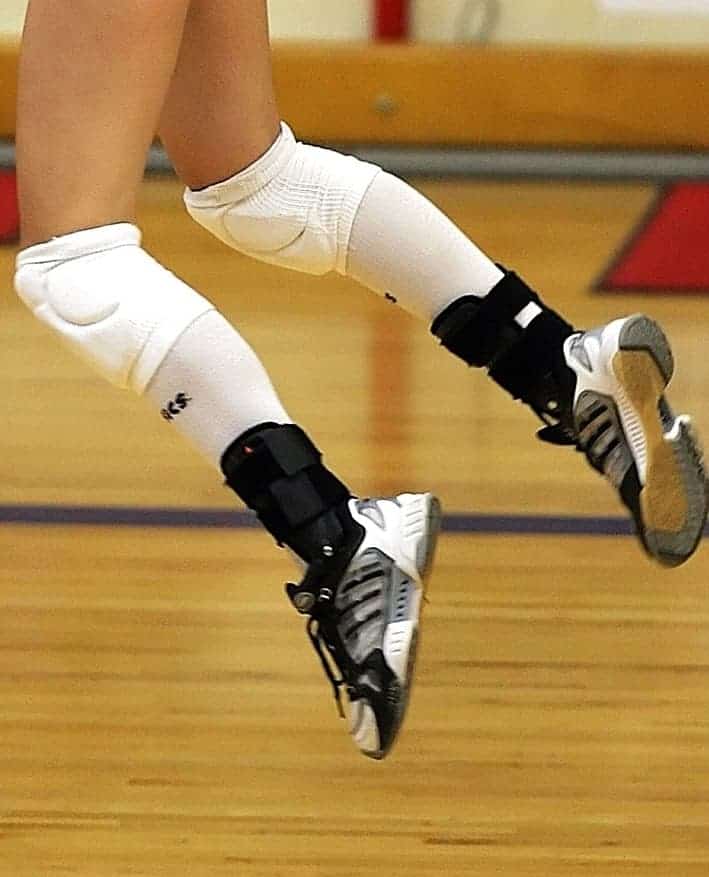
Many times, players are so focussed on hitting the ball, they don’t realize how close to the net they are getting. Remember, touching the net is a rule violation, and can cost your team a point. Even more importantly, however, is the safety aspect. If you’re landing in the net, or under the net, there’s a good chance you might land on someone else’s foot.
So, even though it’s tempting to concentrate wholly on hitting the ball, remember to also work on your spatial awareness of how close you are getting to the net.
6. Don’t pass the ball too close to the net

Another classic error is to pass (or bump) the ball too close to the net. This is sometimes referred to as an over bump. An over bump makes it really difficult for the setter to be able to set the ball – and even if they can salvage it to get a set, chances are they won’t be able to run any plays.
Another reason not to bump too close to the net is that you might inadvertently be setting up the other team. Sometimes an over bump actually does go OVER the net – and if a player from the other team just happens to be in the right position, they may just be able to time a really nice hit. For their team, of course.
To avoid over bumps, when you’re passing the ball, try to aim for about a foot off the net. This gives the setter some room. And you, as the passer, some leeway in your target.
7. Don’t catch the ball during a play
Okay, this one seems silly. Anyone who knows the rules of volleyball knows that you’re not supposed to catch the ball. However, if you’ve ever been at a volleyball game, especially a volleyball tournament, you’ll notice how LOUD it is. There’s players yelling, shoes squeaking on the gym floor, volleyballs bouncing, and referees on multiple courts blowing their whistles.
In all this commotion, it’s easy for a player to THINK they heard the whistle blow, and to catch the ball to end the play. However, if you even have a tiny little doubt about whether or not you heard the whistle blow, KEEP PLAYING! Believe me, you will look a lot more foolish if you catch the ball during an active play than if you kept playing after the whistle was blown!
Eventually, the players will figure it out, or the ref will blow their whistle again, and the play will end for real.
8. Always bring all the equipment you’re going to need – and maybe even some extra
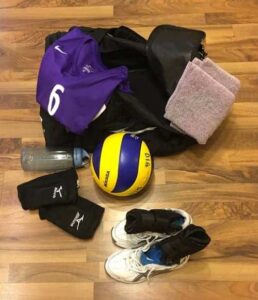
Sure, it’s easy to forget to bring something every now and then. Happens to the best of us, in fact. However, don’t let it happen consistently. Make a point of using a checklist or packing your bag when you’re not in a rush, so that you can review to make sure you’ve got everything you need.
There are somethings that you can borrow – clean socks, clean shorts, for example. And there are some things that you probably don’t want to share – for example, a water bottle, or a sweat towel.
For more detailed information on what to pack in your gym bag, check out this article, “Essential gym bag items for a recreational indoor volleyball tournament”
9. Clean your gear!
Speaking of gear, make sure you’re cleaning it regularly. Of course, you’re going to wash your sports clothes. But I’m talking about your knee pads and ankle braces. After a game, don’t just throw them in your bag until next week’s game. Make sure that you’re airing them out and giving them a wash when they need it. YOU may not notice the odor, but trust me, volleyball gear can get NASTY if you don’t care for it!
10. Don’t wear the wrong gear
When you’re starting a new sport, it’s common to not have all the gear right from the start. You want to make sure that you actually enjoy the sport before you commit to buying gear that might be expensive. However, with volleyball, there are a couple things that you’ll want to keep in mind regarding gear, that probably won’t cost you any extra money.
Volleyball is a court sport, which means that you’re going to want to wear indoor shoes. Even if you’re not buying specific volleyball shoes right away, do make sure that you’re not wearing outdoor shoes on the court. Any dirt or water that is tracked onto the playing surface can be a hazard, as it can cause players to slip when they’re running for the ball. They’re going to be looking up at the ball, not down at the ground.
Indoor shoes should also be non-marking, so that the rubber doesn’t leave any skid marks on the gym floor.
Knee pads aren’t mandatory, but they sometimes give new players a bit more confidence when diving for a ball. Just remember, however, that proper diving technique actually doesn’t mean dropping to your knees to bump. You should have more of a forward motion. Click here to read more about diving technique basics.
Volleyball players tend to wear gym clothes that are more fitted than baggy. That’s often because you can get called for a net violation even if it’s your clothes that touched the net. You don’t have to wear a full spandex suit, but think about wearing more fitted, rather than baggy, gym clothes.
11. Don’t just jump straight up when blocking
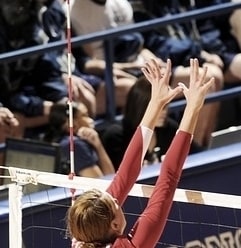
Many people think that when you’re blocking a spike, you just put your arms in the air and jump straight up. What you actually want to do is press your hands forward at the peak of your jump, as if you’re
pushing against the volleyball as it’s being spiked. This push will actually give you a much stronger block and should prevent the momentum of the ball from just pushing right through your hands.
Just make sure that you’re jumping high enough over the net, so that you’re pushing above the height of the net and not touching the net at all – otherwise you might be at risk of getting a net violation call.
12. Don’t get a foot violation when serving
Serving is the only time you get to start a play with complete control of the ball. So, you would think that no one would ever get a foot violation, since the player gets to decide how much room they need for their serve. While it doesn’t happen often, getting a foot violation when you’re serving is kind of embarrassing. And it doesn’t happen to just new players – experienced players can also misjudge where they’re standing when they start their serve. But regardless of how long you’ve been playing, when you hear the whistle blow on a foot violation, it’s a total “d’oh” moment.
The best way to avoid this embarrassing call is to always take a look at the lines when you go back to serve, and make sure you’re starting back enough to give you the amount of room you need. You might also want to practice your serve outside of a game situation, so that you can judge how much room you need to serve, and get really comfortable with that amount of space.
13. Make sure you have a defensive position
A defensive position is the stance you take when the other team is getting ready to set up an attack and spike the ball over. Having a good defensive position means you can respond to that attack as quickly as possible.

Standing with your arms clasped in front of you and legs straight is not a defensive position. This is a spectating position. A good defensive position means that the player’s arms are bent in front of them, so they can move quickly in any direction to respond to where the ball is going. The player’s legs are bent, they are bent forward at the waist, and they are leaning forward slightly. This forward lean is where the term, “on your toes” comes from.
Being in a good defensive position is more than just being able to respond physically to the ball. It’s also being mentally ready to respond as well, and being able to anticipate where the ball is going. When a player is in a good defensive position, they’re recognizing that the ball may come towards them, and they’re ready to respond to it.
14. Always be ready for the ball
With 6 players on the court, and only 3 touches per play, that means that for every play there’s a minimum of 3 players who don’t get to touch the ball before it goes over. If you’re one of the 6 players on the court, don’t get caught spectating instead of playing! You never know when there’s going to be a bad pass that has be to run down, when a non-setter player has to set the ball, or which hitter is going to get the set.
One of the most common ways of not being ready for the ball is for back-court players to not be ready to get a set. A back-court player could get a set because of a bad pass, or it could be a strategic set to mix up the attack. So, even when you’re in the back court, remember that back-court players can still get a set! Always be ready, even if it seems like you’re not going to be in the play.
15. Make sure you warm up
So many times, I’ve seen recreational league athletes arrive at a game late, rush to tie their shoes, and just jump on the court to play, without any kind of warmup. Putting on your indoor shoes definitely does not count as a warmup.
A good warmup prepares muscles and ligaments to be used more strenuously for the upcoming physical activity, for two main purposes: 1) to contribute to better performance; and 2) to help prevent injury.
The irony is, as you get older, you actually NEED to warmup even more. Muscles, joints, and ligaments may not be as pliable as they used to be, and not giving them a good warmup makes them more susceptible to injury.
Getting injured is never a good thing. Not only can it prevent you from playing your favorite sports and activities, it can sideline you from your daily responsibilities as well. And, studies have shown older athletes can actually take longer to recover from an injury than younger athletes.
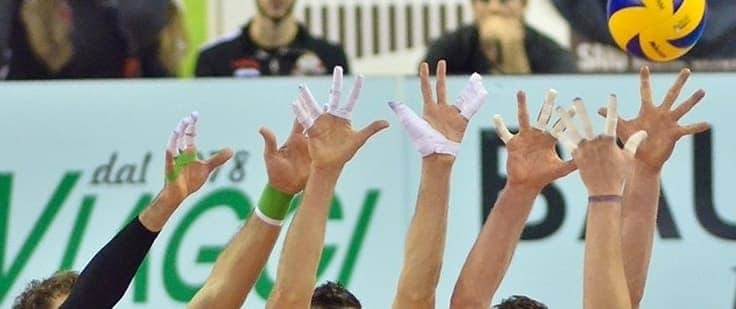
So, take the time to give yourself a good warm up to prepare for the game. A good practice is to consider the time you need for a warmup as just part of the total time required for the activity. For example, if game start is 7:30, make sure you get to the gym at 7:00, which gives you plenty of time to get your gear on and include a warmup.
16. And don’t forget to cool down, too!
Even though it’s tempting to head out for post-game bevvys right after the game is over, having a good cool down is just as important as a good warmup. This is when your muscles and ligaments are nice and warm, so doing a few good stretches will help the lactic acid from settling in and will help prevent soreness.
A cool down doesn’t have to be complicated. Just include a few key stretches, really focusing on the muscles you’ve really used during the game. You can also use this time to chat with your teammates about how the game went – and to tease any teammates who got a foot violation when they served the ball!
Keep these tips in mind the next time you hit the volleyball court. Even if you don’t have years of experience playing volleyball, these tips will help you feel more at home on the court.

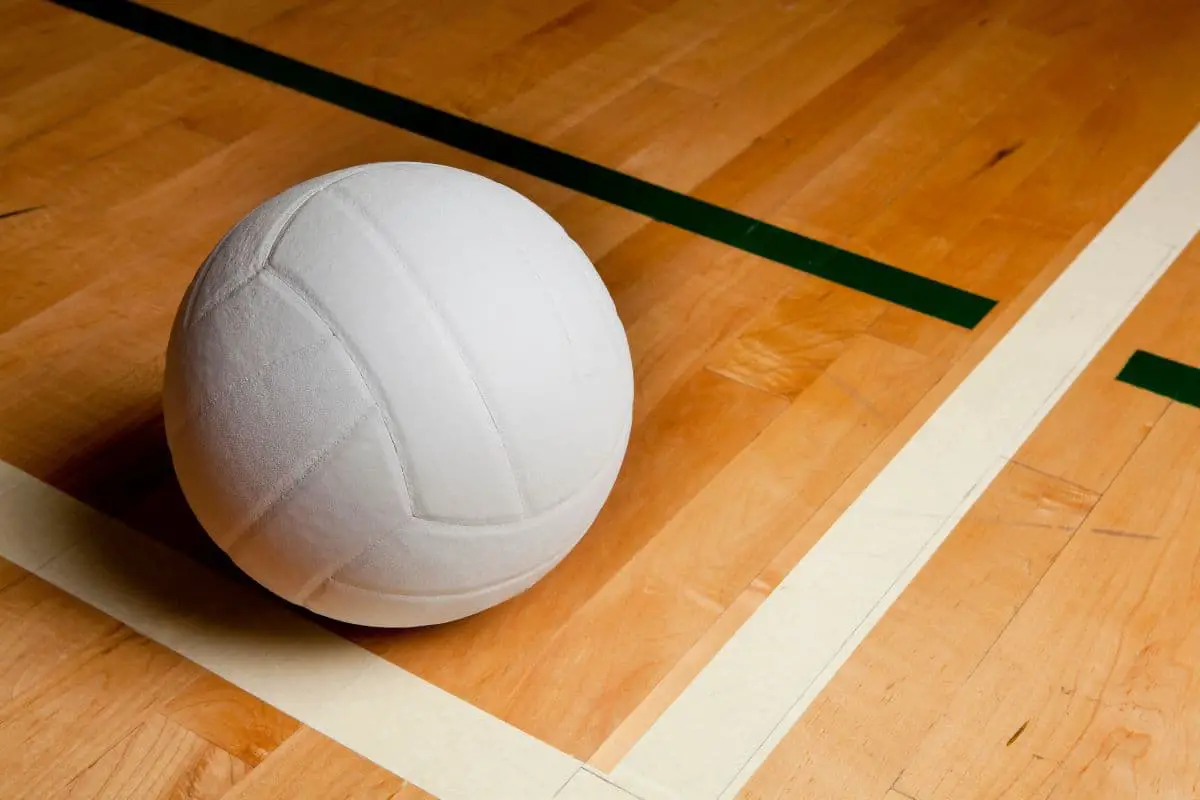
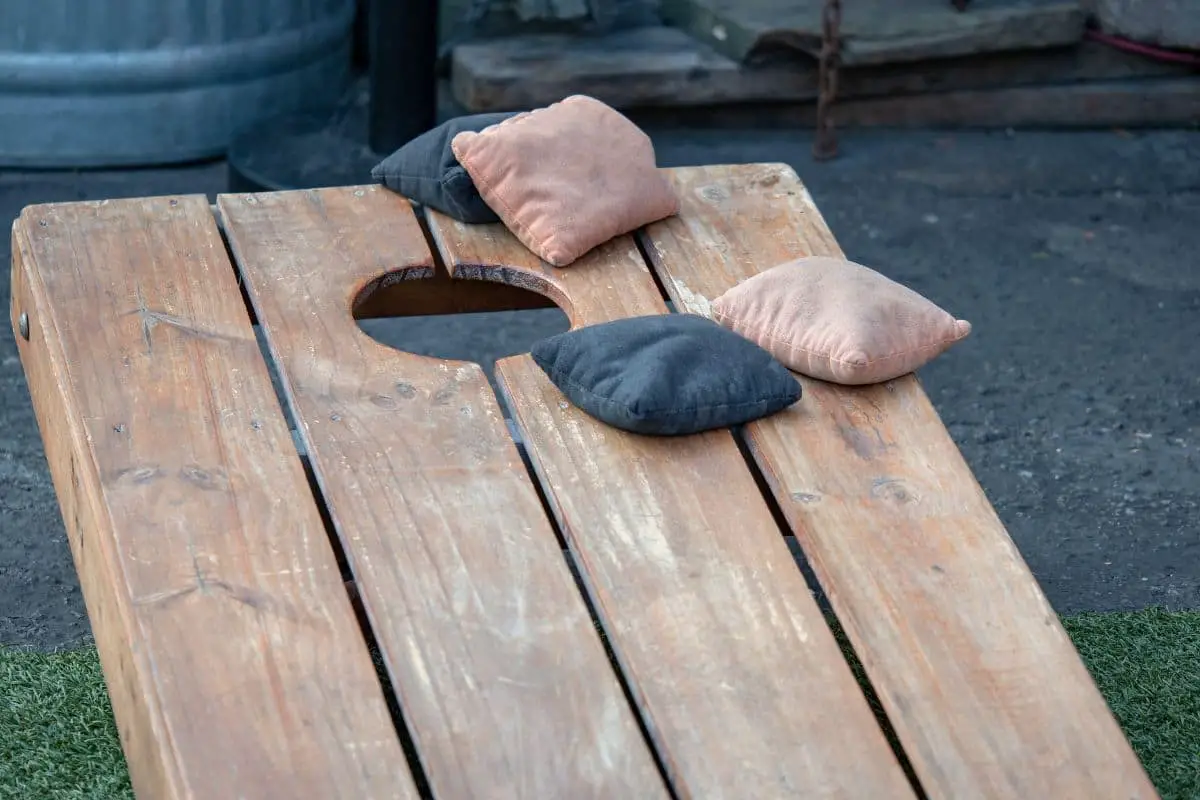
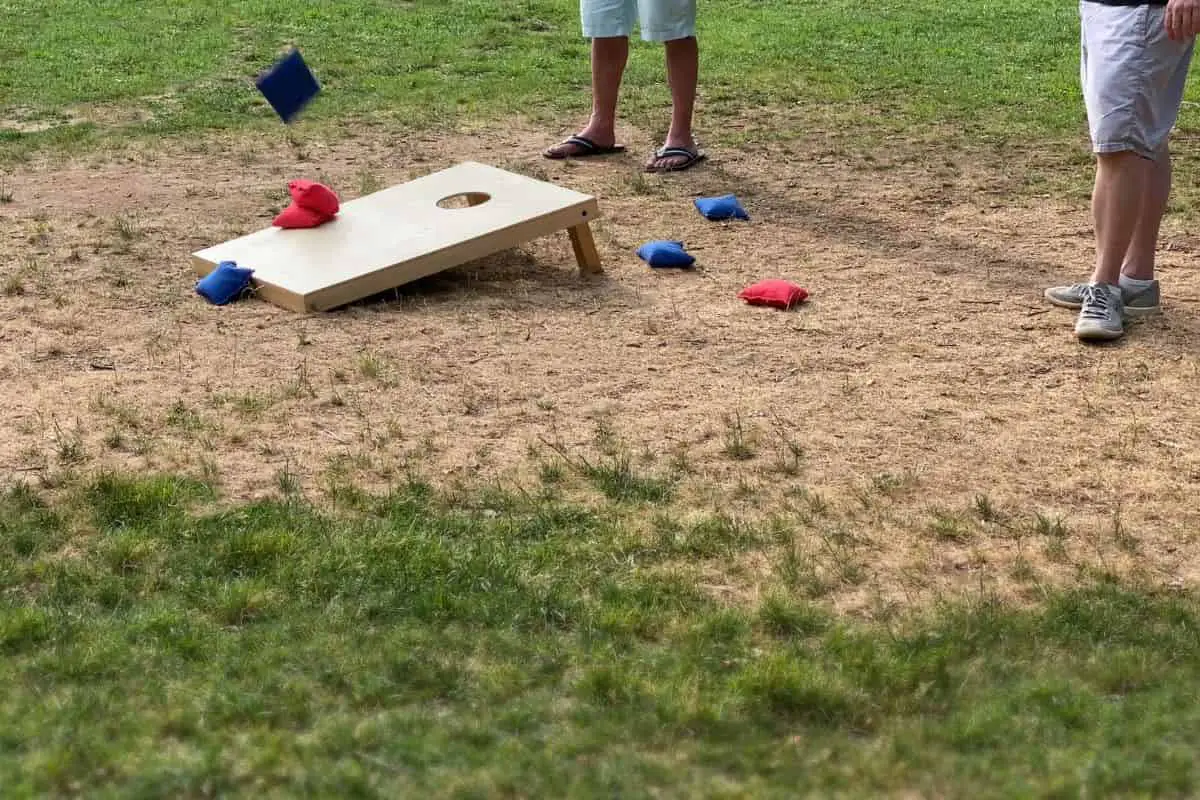
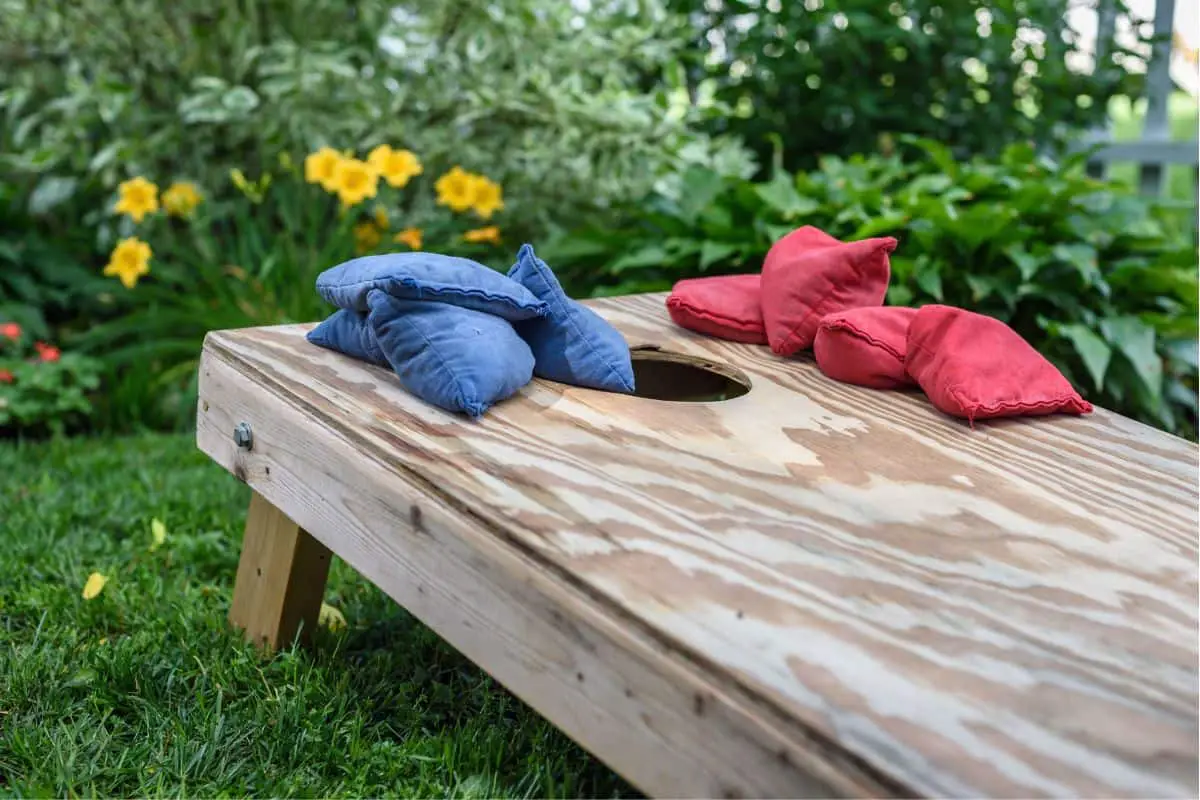
Leave a Reply